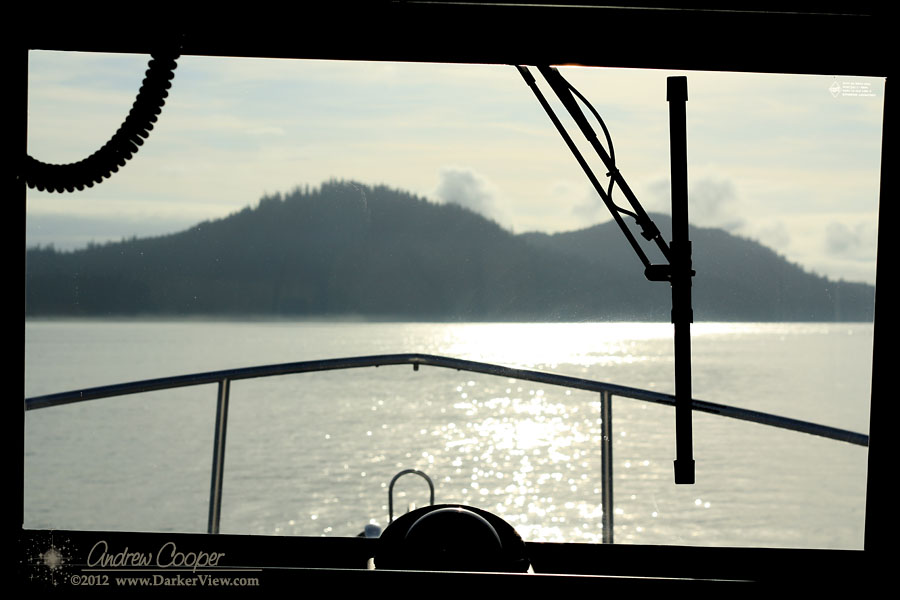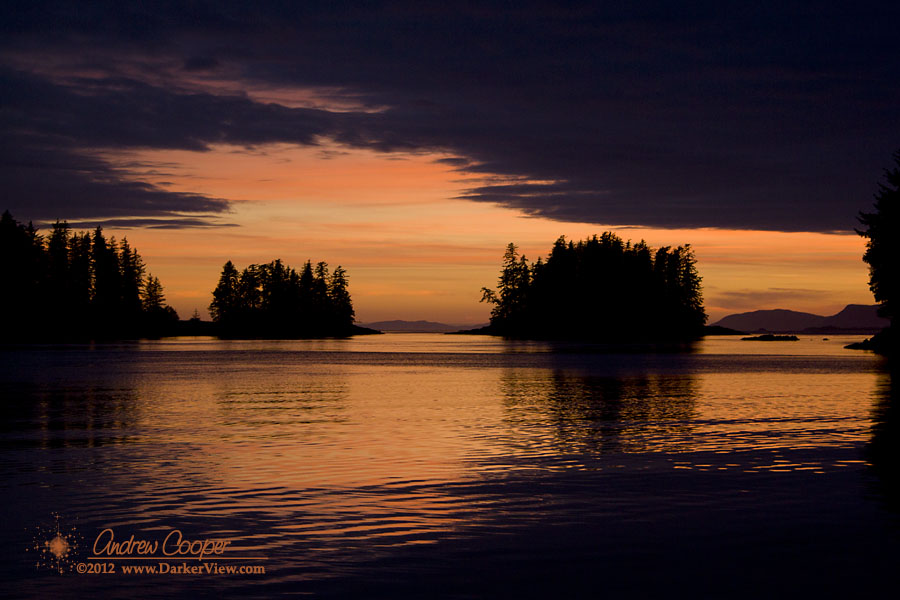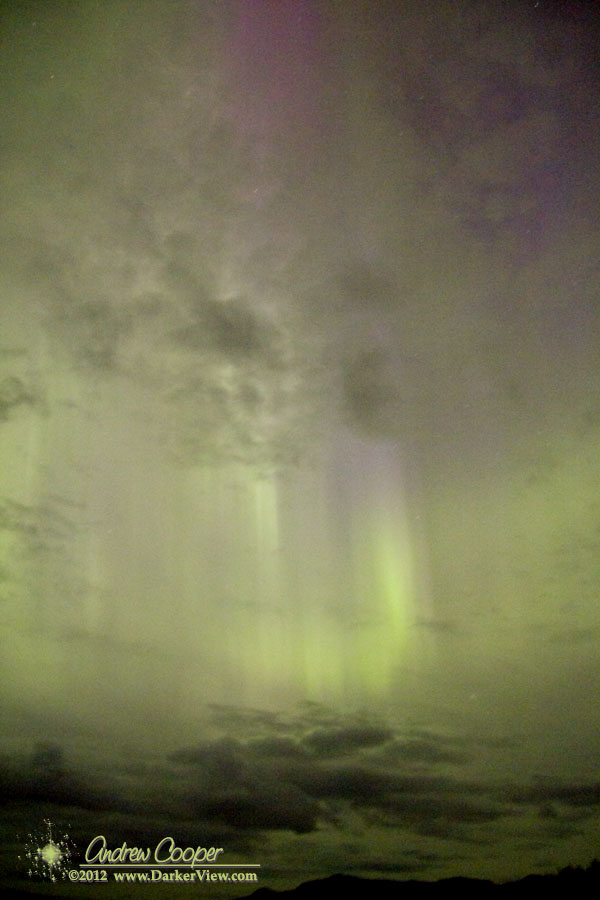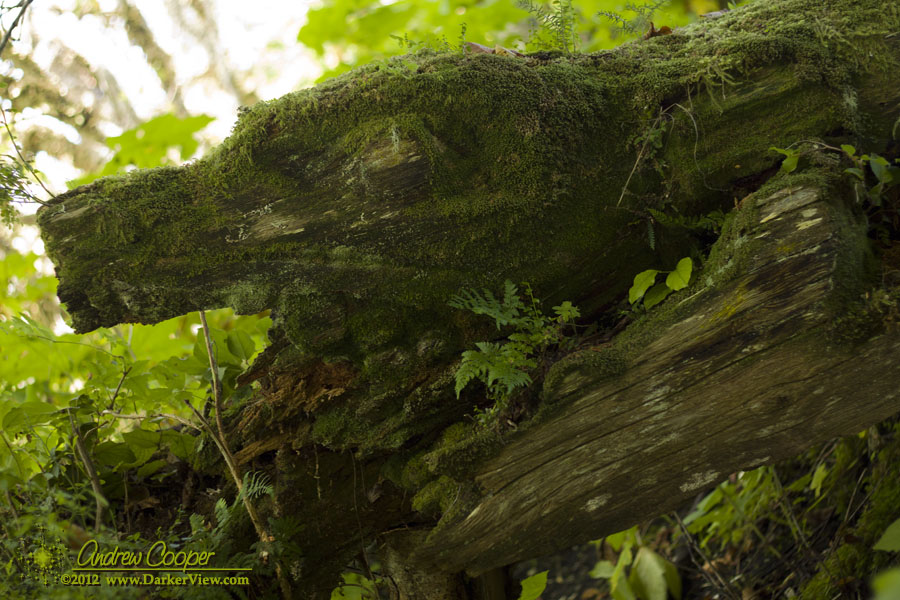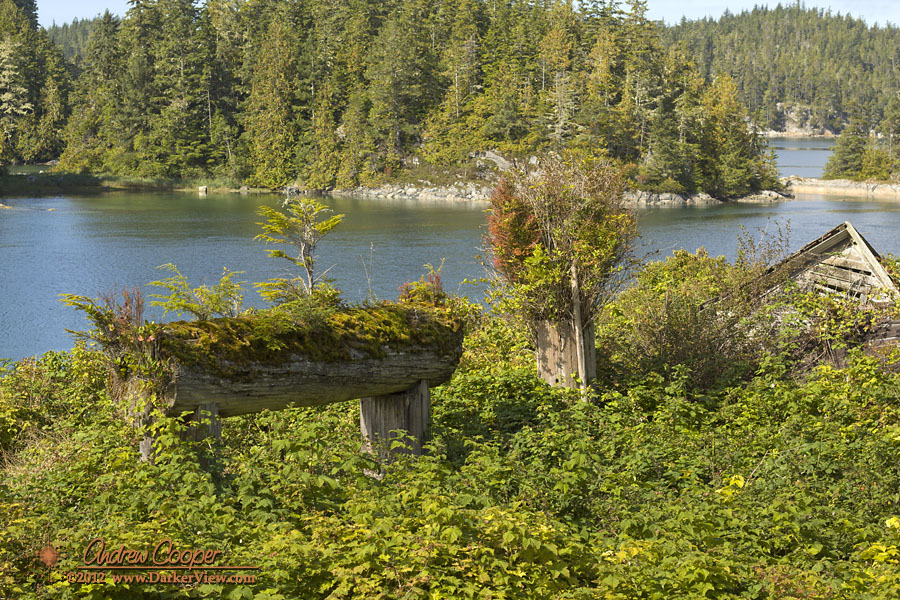There is a surprisingly large area of cell phone coverage across SE Alaska that is available to the non-satellite user. One would expect to have decent coverage near the large communities such as Sitka, Juneau or Ketchikan, but many smaller communities also have towers such as Thorne Bay, Kake, Angoon or Hoonah. These towers reach across islands and large channels providing coverage in unexpected locations. To be sure, most of the time when you are away from any civilization the dreaded “No Signal” will be displayed, but one can expect brief coverage once or twice a day when cruising the main routes. The strength of the signal drops fast and for a lot of the locations one will need to be within ten miles. I have included a list of cell tower locations at the bottom of this blog.
AT&T coverage is probably the best and has extended 3G voice and mobile broadband. Verizon has extended 3G voice and mobile broadband for some locations and partners with ACS Communications. Some of the other wireless services such as T-Mobile do as well. Be prepared for roaming charges.
It is rather funny to look about the boat just after someone discovers that there is coverage…everyone is on their phones, texting or checking e-mail. Connectivity has changed our lives and friends and loved ones expect immediate news of our vacation. Photos and fish tales need not await returning home, news or a camera photo of the big catch can be added to a text message or posted to Facebook right away.
|
Cell Tower Locations in SE Alaska |
||
| Ketchikan | Kake | Haines |
| Craig | Angoon | Skagway |
| Thorne Bay | Sitka | Juneau |
| Wrangell | Hoonah | |
| Petersburg | Gustavus | |

